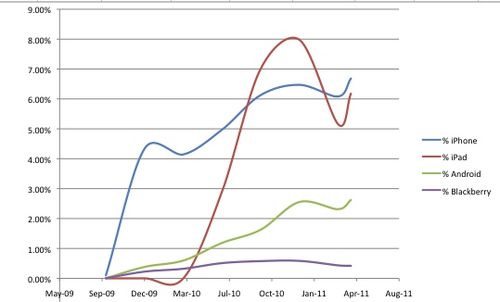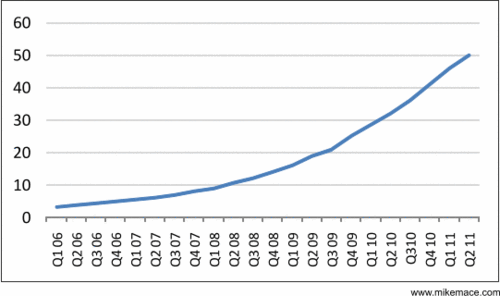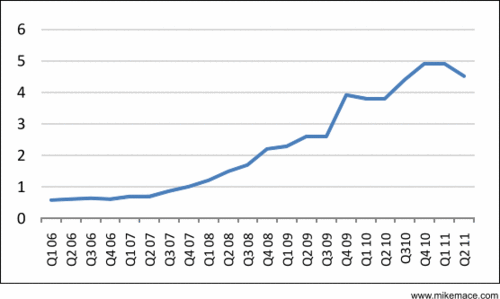Paperless Financing Docs
I've been on a mission to dramatically reduce the legal costs of a venture financing. Our firm is doing our part. On many of our recent transactions, we've gone without counsel and have signed documents without negotiation. That takes out the investor counsel costs. And we've been pushing company counsel to reduce their costs. But we are still seeing company counsel costs of $15k or more on venture financings even with our "no negotiation" approach. I'd like to see venture financing legal fees get to $5k or less. I don't know why raising a venture round can't be like signing a lease on an apartment with standardized docs and a one page rider for any changes.
As we dig into the costs on the company counsel side, there are areas we feel can be improved and areas that cannot. The entrepreneur still needs an experienced counsel to explain the deal to them. That time and money is valuable to everyone involved. I'm hopeful that Brad and Jason's upcoming book will help reduce the time and money spent educating entrpreneurs on venture financings, but realisitcally the company counsel is still going to have to do some hand holding.
But there are many areas where the company counsel is spending time and money doing things that can and should be automated. Tops on that list is document creation, distribution, change management, and ultimately signing.
We've noticed that some of the new online funding platforms, like Profounder, have managed to totally automate this process online. We wonder why the law firms we work with have not. One of the best hacks of the Disrupt Hackathon last weekend was Docracy. I am going to find out if we can use Docracy on our next venture financing to make things more efficient.
And Bijan posted recently that he is using an iPhone app called EasySign to sign legal documents when he is out and about. After going through torture this weekend at our beach house to sign docs that absolutely had to be signed by yesterday, I'm searching for something similar on my Android. Please EasySign team get me an Android version. I promise I will blog about it when you do.
And in the meantime, if anyone knows of any good mobile signing apps on Android, let me know about them in the comments.
This whole area is so ripe for change. We are documenting financings for cutting edge web startups using technology from the middle ages. That must change and it must change now.


















